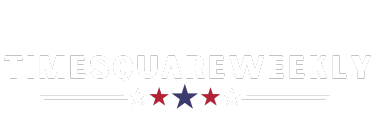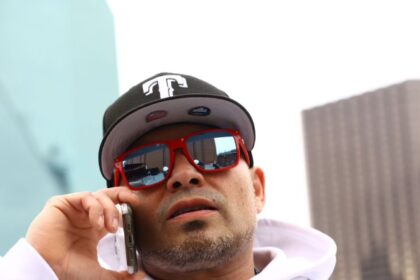The night before Liverpool’s former owners faced the media for the first time at Anfield in February 2007, a meeting was held about the running order for business.
George Gillett, a junk bond millionaire, had initially been batted away from the club because he did not have deep enough pockets. To change his possibilities, he enlisted the help of Inner Circle Sports, an investment bank from New York City. Ultimately, the conversations sent him to Tom Hicks, someone he’d worked with before after they put money into a meat-packing company.
Hicks’ interest in Liverpool came relatively late, and because of this — according to one club official present at the time but who spoke to The Athletic on condition of anonymity to protect their current position — it was suggested that Gillett should field the earliest questions in the press conference. Hicks was having none of it. “I’ll go first,” he said. And he got his way.
It was an early indication that this marriage was never likely to last. Within a few months, the club was unofficially in the grip of a civil war, with the co-owners no longer on speaking terms.
Their reign staggered on for three agonising years before a High Court ruling led to another sale, this time to Fenway Sports Group (FSG), with the whole exercise just serving to underline how difficult it is to make co-ownership work in the high-stakes world of Premier League football.

George Gillett (left) and Tom Hicks unveil their plans for Liverpool in 2007 (Christopher Furlong/Getty Images)
All of which brings us to Chelsea, and the strife between co-owners Todd Boehly and Behdad Eghbali, of Clearlake Capital.
The London club’s fans may not appreciate the parallel, but they could do worse than look north if they wished to understand how and why things can go so wrong so quickly with joint owners.
In the Gillett role, you have Boehly. Both are American businessmen with pre-existing sporting interests who were wealthy enough to control one of England’s biggest sporting institutions, but not quite rich enough to do that and fulfil those clubs’ vast ambitions.
The parallels don’t end there. Gillett only completed his takeover after other bidders failed. With Liverpool urgently needing money to fund a new stadium project, he returned with Hicks.
At Chelsea, it was only possible for Boehly to claim the club as his own because of money from Clearlake and Eghbali. And here, too, time was of the essence: the UK government had set a deadline for Chelsea to be sold amid ongoing sanctions against the previous owner, Roman Abramovich, a Russian oligarch.

Since the takeover’s completion, Boehly has taken many of the headlines but Eghbali has played a big part in a lot of internal processes and decision-making. It was the same at Liverpool, where Hicks always tended to come first when their names were mentioned in tandem.
If anything, Liverpool’s ownership partners fell out even quicker than Chelsea’s. In Brian Reade’s book about the period, An Epic Swindle, he quotes an unnamed senior football executive and a Liverpool fan who met both owners individually.
“It was only two months into their joint ownership of the club but George was talking about his view versus his partner’s view. When I later had lunch with Tom and some of his American associates, I asked about the dynamics of their relationship. Tom shrugged and said, ‘You’d better ask him,’ pointing at a senior figure from Inner Circle Sports, who had brought the two together for the deal.”
From the beginning, there was a lack of understanding about who was really in charge at Liverpool. This stemmed from the fact each partner had an equal number of shares.
By December 2007, with further differences being exposed around whether to revamp Anfield or relocate from it, Gillett had already started exploring an exit strategy, having realised he’d made a monumental mistake with his choice of partner.
The challenges of running a business in the meat industry were a little different to a football club the size of Liverpool: a responsibility that invites emotion, attention and criticism, with each factor testing a person’s ego. Hicks’ brash Texan personality clashed with the demands of the football club.
Personality clashes are often at the root of co-ownership implosions, although tensions are often strategic as much as personal.
Co-ownership structures can be a success, but only when the partnerships are not flung together simply through circumstance. Different visions and strategic differences can lead to impasses that hinder club progress.

John Textor wants full control of a Premier League club (Wagner Meier/Getty Images)
Crystal Palace’s ownership model closely resembles Chelsea’s, with strategic impasses creating stagnation in decision-making. Different visions of how to run the club result in ownership not being able to move forward.
The dynamic between co-owners can make or break a club, and the history of failed partnerships in football serves as a cautionary tale for those attempting to navigate the complex world of joint ownership.
Who knows where Chelsea will be in the future? The challenges of co-ownership structures are evident, and it remains to be seen if Boehly and Egbhali will continue their partnership in the long run.
(Top photos: Getty Images)








